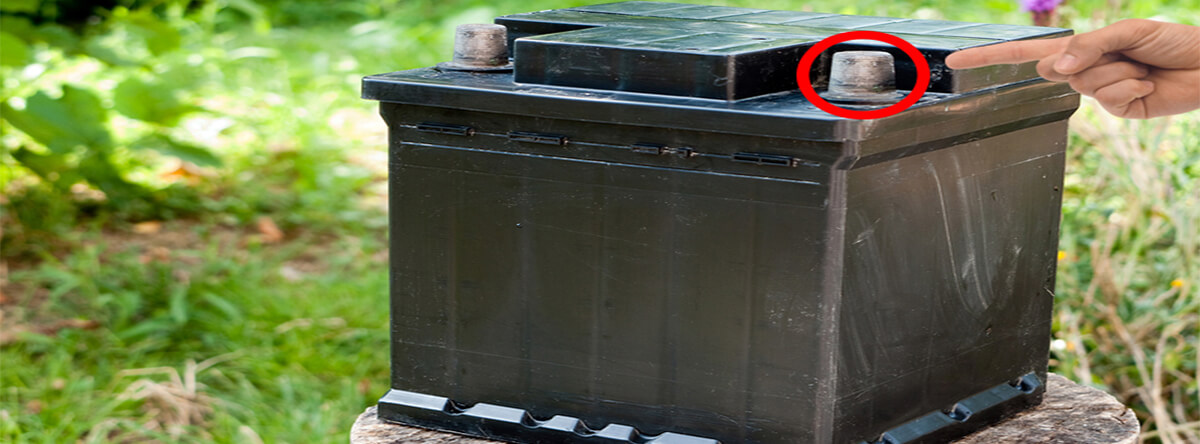A great deal has been written and said in the media recently about electrostatic precipitator (ESP) commercial air purifiers and ozone generators. Unfortunately, as often happens during media frenzies, the truth gets lost amid generalizations, assumptions and poor reporting.
First, what is ozone? Ozone (O3) is composed of 3 oxygen atoms and is considered a very reactive gas. When a chemical reaction between the diatomic oxygen molecule (O2) and an oxygen atom (O) takes place, ozone is formed. There is some confusion about "good" ozone and "bad" ozone. Ozone in the upper atmosphere is very beneficial in that it protects us from the sun's harmful UV rays. However, breathing in heavy concentrations of ozone is potentially dangerous to the lungs.
The primary difference between ESP air cleaners and ozone generators is this: ESP air purifiers produce tiny amounts of ozone as a by-product of the air purification process; ozone generators are built specifically to "intentionally" produce ozone.
With electrostatic precipitator technology, minute amounts of ozone are produced during the ionization process. This is drastically different from ozone generators sold as air purifiers that do not improve indoor air quality, but produce heavy concentrations of potentially harmful ozone. To further confuse the issue, some ozone generator manufacturers use cute names to disguise the ozone such as "saturated oxygen", "activated oxygen" and "pure air". What they are actually producing is ozone, not pure air.
Many ozone generators boast of ozone being an effective germicide. An Environmental Protection Agency study concluded that ozone, even at concentrations almost 100 times the recommended limit for human exposure, was ineffective in killing airborne molds and fungi. The California Environmental Protection Agency's Air Resources Board recommends against the use of ozone generators.
Ozone generators are often touted as being effective in removing tobacco smoke odor. A test conducted by Consumer Reports magazine found this to be untrue. A far more effective and safer approach to removing smoke odors is with an odor neutralizing cartridge.
- Chuck Jaymes is an indoor air quality professional and offers reviews and comparisons about Commercial Air Purifiers for OscarAir, Inc.
Article Source: https://EzineArticles.com/expert/Chuck_Jaymes/71133

No comments:
Post a Comment